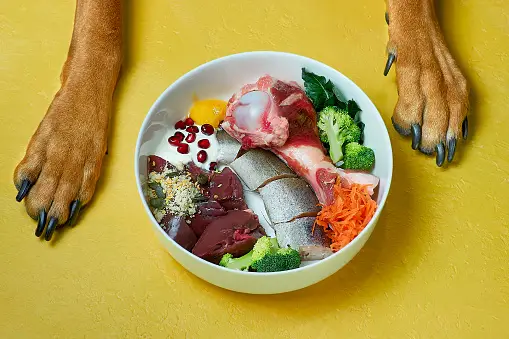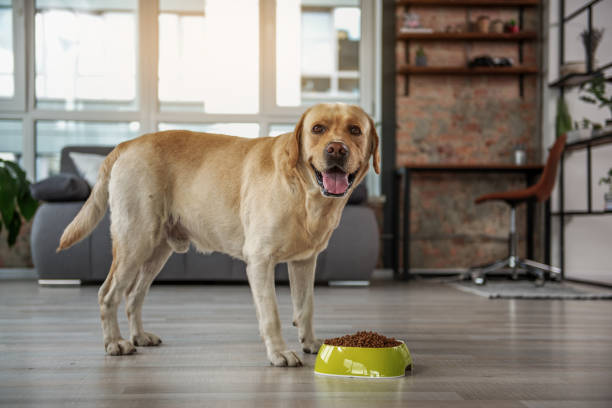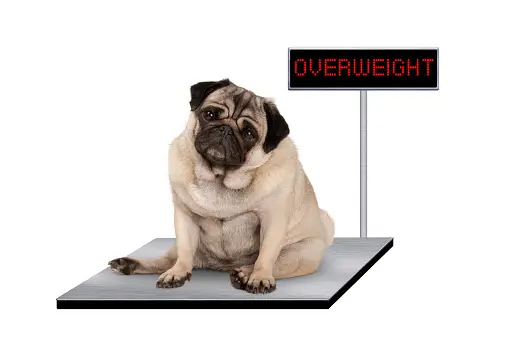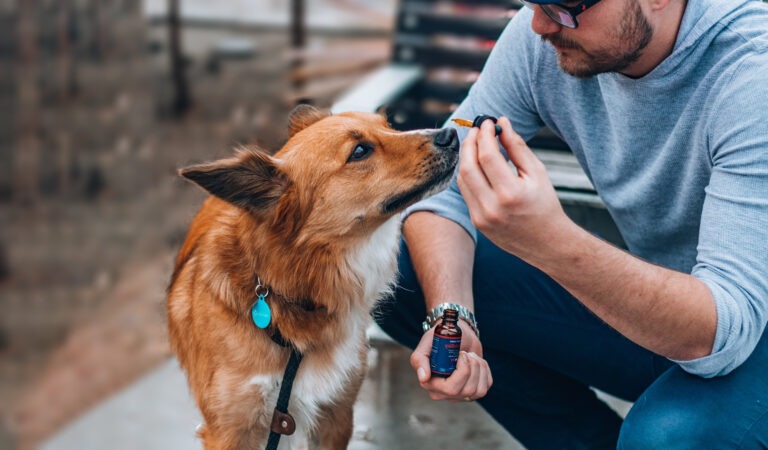Considering a raw diet for your dog has become a topic of interest among pet owners seeking to provide a more natural and ancestral approach to canine nutrition. While proponents of raw dog diets argue for their potential benefits, it’s essential to weigh the pros and cons carefully to determine if this feeding regimen is the right fit for your furry friend. In this article, we’ll explore the advantages and disadvantages of a raw dog diet, offering insights to help you make an informed decision regarding your pet’s nutrition.
Pros of Raw Dog Diet
Improved digestion
One of the major benefits of a raw dog diet is improved digestion. Raw food contains natural enzymes and a higher level of moisture, which can aid in the digestion process. Dogs who are on a raw diet often experience a decrease in gastrointestinal issues such as bloating, gas, and diarrhea. The raw food is easier for their bodies to break down and absorb, resulting in better nutrient absorption and overall digestive health.
Healthier skin and coat
Another advantage of feeding your dog a raw diet is the potential for healthier skin and coat. Raw food is packed with essential fatty acids, vitamins, and minerals that promote optimal skin and coat health. These nutrients help nourish the skin from within, leading to a softer, shinier coat and a reduction in skin allergies or irritations. Raw diets can also help alleviate dryness, flakiness, and itchiness, resulting in a more vibrant and lustrous appearance.
Better dental health
Feeding your dog a raw diet can contribute to better dental health. Chewing on raw meaty bones and other raw food items helps naturally scrape away plaque and tartar buildup on their teeth. This process mimics the benefits of brushing, but in a more enjoyable and natural way for your dog. By incorporating raw bones into their diet, you can help prevent dental issues such as tooth decay, gum disease, and bad breath. Additionally, the act of chewing also stimulates saliva production, which contains enzymes that aid in digestion and help maintain oral hygiene.
In conclusion, a raw dog diet offers several pros, including improved digestion, healthier skin and coat, and better dental health. By providing your dog with a balanced and carefully prepared raw diet, you can support their overall well-being and enhance their quality of life.
Cons of Raw Dog Diet
Risk of bacterial contamination
One of the main concerns with a raw dog diet is the risk of bacterial contamination. Raw meat, especially poultry, can be contaminated with harmful bacteria such as Salmonella or E. coli. These bacteria can cause serious illnesses in dogs and even pose a risk to human health, especially if proper handling and hygiene practices are not followed.
Feeding your dog a raw diet increases the chances of coming into contact with these bacteria, as they are commonly found in raw meat. Even if the meat is fresh and of high quality, there is still a risk of bacterial contamination. This can lead to symptoms like diarrhea, vomiting, and in severe cases, it can even be life-threatening for your furry companion.
To mitigate this risk, it is crucial to handle and store raw meat properly, ensuring it is kept at the right temperature and avoiding cross-contamination with other foods. Regularly cleaning your dog’s food bowls and utensils is also important to reduce the chances of bacterial growth.
Nutritional imbalances
Another drawback of a raw dog diet is the potential for nutritional imbalances. While raw meat can provide essential nutrients, it may lack certain vital components that are required for a well-rounded diet. Dogs require a balanced intake of proteins, carbohydrates, fats, vitamins, and minerals to maintain optimal health.
Creating a nutritionally balanced raw diet can be challenging, as it requires careful planning and consideration of the dog’s individual needs. Simply feeding raw meat alone may not provide all the necessary nutrients, leading to deficiencies over time. This can result in various health issues, such as weakened immune system, bone disorders, or even organ failure.
To ensure your dog receives a well-balanced diet, it is advisable to consult with a veterinarian or a professional canine nutritionist. They can guide you in formulating a raw dog diet that includes a variety of ingredients, such as fruits, vegetables, and supplements, to meet all your dog’s nutritional requirements.
Potential choking hazards
Raw dog diets often include bones, which can pose a potential choking hazard. While dogs have a natural instinct to chew on bones, there is a risk of bone splintering or getting lodged in their throat or digestive tract. This can lead to choking, blockages, or internal injuries.
Not all bones are safe for dogs to consume, as some can easily break apart into sharp fragments. It is crucial to select appropriate bones for your dog, considering their size, breed, and chewing habits. Large weight-bearing bones, such as beef marrow bones, are generally safer than smaller bones or poultry bones.
Supervision is key when feeding your dog bones, especially during the initial stages. Monitoring their chewing behavior and removing any small or splintered pieces is essential to prevent choking or injuries. If you are unsure about the safety of feeding bones to your dog, it is recommended to avoid them altogether or opt for safer alternatives like rawhide chews or specially designed dental treats.
Considerations for Your Dog
Consultation with a veterinarian
Before transitioning your dog to a raw diet, it is important to consult with a veterinarian who has experience and knowledge with raw feeding. They can provide valuable guidance and ensure that the diet is suitable for your dog’s specific needs. A veterinarian can also address any concerns or questions you may have regarding the raw dog diet.
Assessing your dog’s health and needs
Before starting a raw diet, it is crucial to assess your dog’s overall health and individual needs. Consider factors such as age, breed, size, activity level, and any existing health conditions. Certain dogs may have specific dietary requirements or restrictions that need to be taken into account when formulating a raw diet plan. It is important to tailor the diet to meet your dog’s nutritional needs and promote optimal health.
Transitioning gradually to raw diet
When introducing a raw diet to your dog, it is recommended to make the transition gradually. This allows your dog’s digestive system to adjust and minimizes the chances of gastrointestinal upset. Start by incorporating small amounts of raw food into your dog’s regular diet and gradually increase the proportion over time. Monitor your dog’s response to the new diet closely and make adjustments as needed. A slow and gradual transition will help ensure a smooth and successful switch to a raw dog diet.
Remember, while a raw diet can have potential benefits for your dog, it is important to consider these factors and take necessary precautions to ensure their health and well-being. Consulting with a veterinarian, assessing your dog’s health and needs, and transitioning gradually are crucial steps in determining whether a raw dog diet is right for your furry friend.
The raw dog diet has its advantages and disadvantages, and whether it is the right choice for your dog depends on various factors. On the positive side, the diet provides dogs with a more natural and nutritious option, potentially improving their overall health and wellbeing. It can also address certain health issues and allergies. However, there are also risks associated with feeding dogs a raw diet, including bacterial contamination and nutritional imbalances. It is crucial to consult with a veterinarian before making any dietary changes for your dog to ensure it meets their specific needs and requirements. Ultimately, the decision to feed your dog a raw diet should be carefully considered and based on their individual circumstances.







